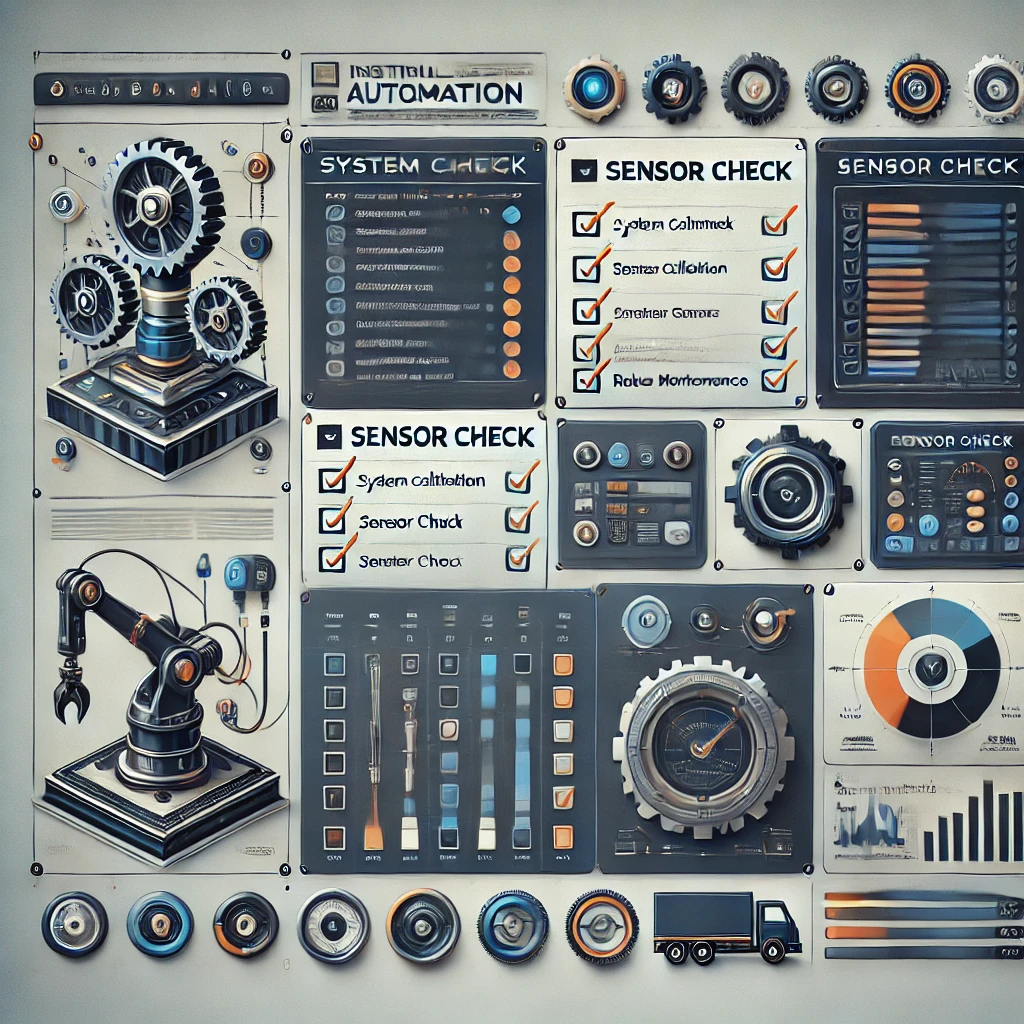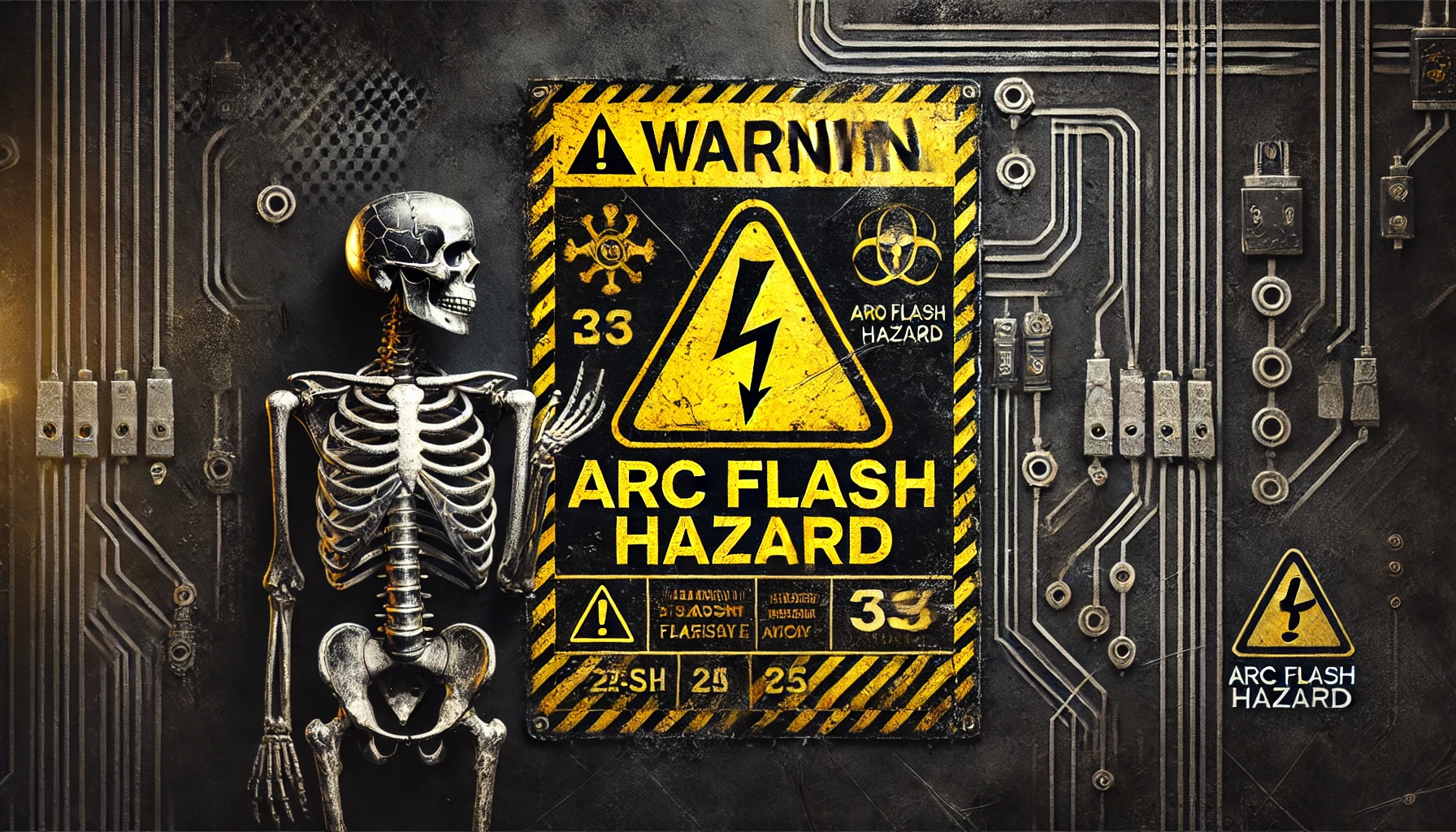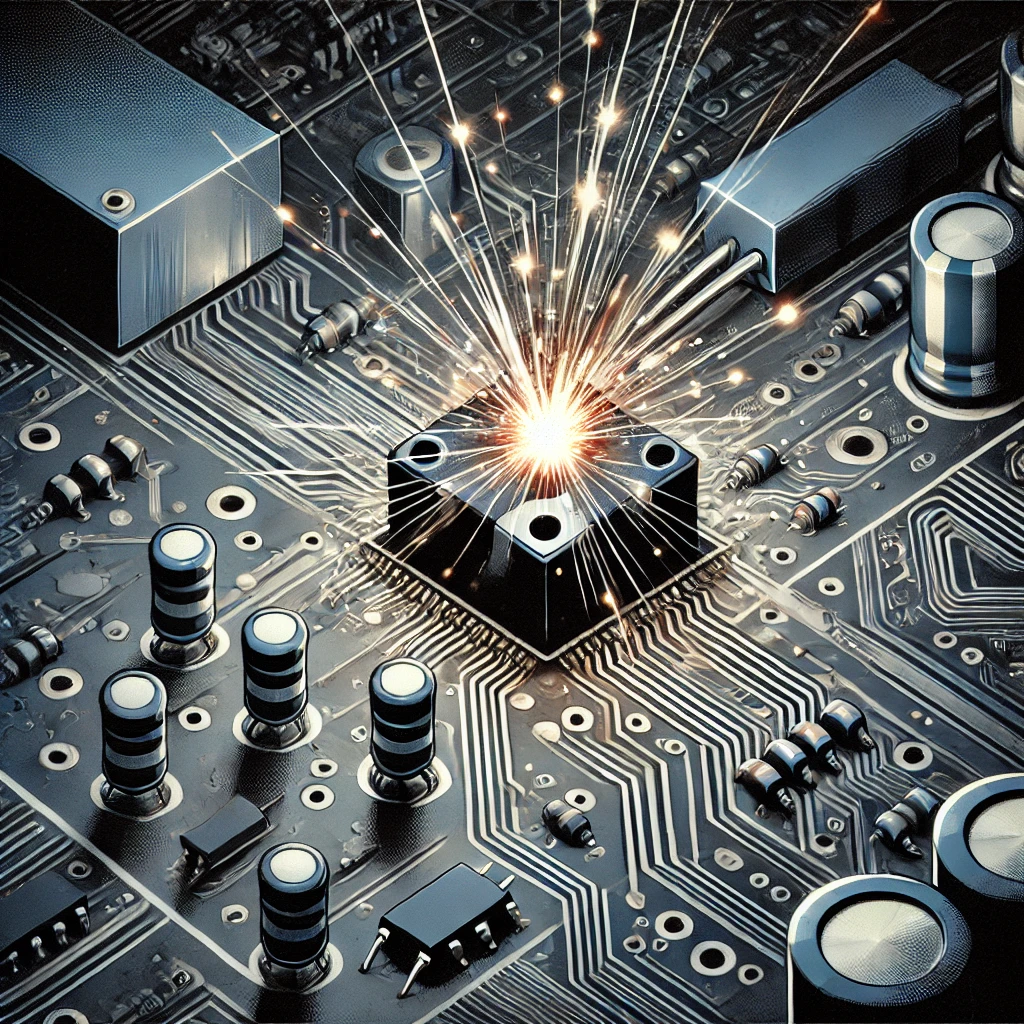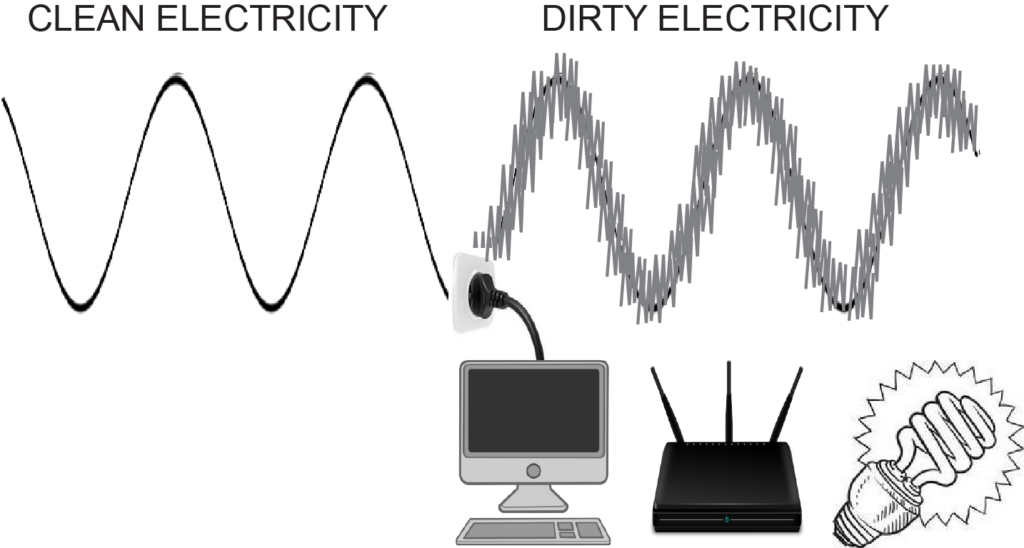The game is almost over, and your team is losing. You can feel the crowd’s energy dropping as you look around at sad faces painted with team colors. But just as you’re about to give up hope, someone comes out to pump up the crowd and save the day: the mascot.
For any team, mascots are crucial for boosting morale and keeping fans engaged. They’re famous symbols of team spirit that appear on merchandise, inspire game-day outfits, and become iconic figures with big personalities. It’s easy to see how beloved mascots are while they’re on the field, but many do just as much off the field to keep fans entertained. In this blog, we’ll explore which college mascots are the most popular based on their social media followings. Read on to see if your favorites made the cut!
College Mascots with the Highest Social Media Following

So who takes the cake, Biff, the Michigan Wolverine or Brutus Buckeye? The Duke Blue Devil or Rameses the Tar Heel? We turned to X, Instagram, and TikTok to analyze followers of mascots at over 70 major universities across the U.S. So, lay the debates to rest because we crunched the numbers.
Fans of Brigham Young University or the University of Oregon are in luck thanks to Cosmo the Cougar and The Oregon Duck. These mascots are leagues ahead of their social media competition, and we can see why. They both keep up with trends and maintain consistent posting schedules—and people love to watch Cosmo dance.
Although The Ohio State University’s Brutus Buckeye is in third place, the contest isn’t very close. The Duck’s combined follower count is almost double that of Brutus Buckeye’s, while Cosmo’s count is over triple.
The three highest-followed mascots can attribute much of their success to TikTok. Fourth-ranked Mike the Tiger of Louisiana State University, on the other hand, is best known for his purple and gold-themed Instagram page. Mike is joined by other Instagrammers like Aubie (Auburn University), Reveille (Texas A&M University), Jonathan the Husky (University of Connecticut), and Big Al (University of Alabama). These mascots are in the majority, as Instagram is the biggest platform for most of the mascots we researched.
While most mascots tend to do their best on TikTok and Instagram, others thrive on X. That’s where Bucky Badger, Golden Gopher, and Cocky all boast their biggest platforms. Even so, Brutus Buckeye has the most X followers of any college mascot, followed closely by The Oregon Duck.
Conferences with the Highest Social Media Following

Next, we wanted to see how the conferences stack up to each other, all mascots considered.
The Big 12 Conference might have the highest social media following, but it only has one mascot in the 20 highest-followed list. That just goes to show the sheer social media power of the most popular college mascot overall, Cosmo the Cougar.
The Big Ten Conference and the SEC have the next highest social media followings. As the oldest NCAA Division I conferences today, it’s no surprise that together they contain 16 of the 20 highest-followed mascots.
Following in fourth place is the ACC, with Sebastian the Ibis leading the conference in social media followers. Hailing from the University of Miami, Sebastian holds the ACC’s only spot on the top 20 list. Similarly, UConn’s Jonathan the Husky is the only mascot from an NCAA football-independent school to appear on the list.
Representing Washington State University, Butch T. Cougar has the most followers in the Pac-12 Conference. He may not have enough followers to make it on the top 20 list, but he has enough to beat Oregon State University’s Benny Beaver, the only other mascot in the conference.
Closing Thoughts
So there you have it! Whether your mascot made our list or not, we can all agree that game days wouldn’t be the same without them.
College mascots are an essential part of any team, bringing fans together both on the field and online. At MRO Electric, we understand the importance of a solid team. Without a collective effort, we wouldn’t be able to deliver our electric supplies on time and intact to keep your operations running smoothly. Contact us today to see how our team can help you find the right industrial automation supplies!
Methodology
Our analysis of the most popular collegiate mascots includes schools in the Power 5 conferences, as well as FBS independent schools. We analyzed each of the primary mascots’ accounts on Instagram, TikTok, and X in July of 2024. Secondary mascots or school spirit accounts that feature the mascot were not included in this analysis.










